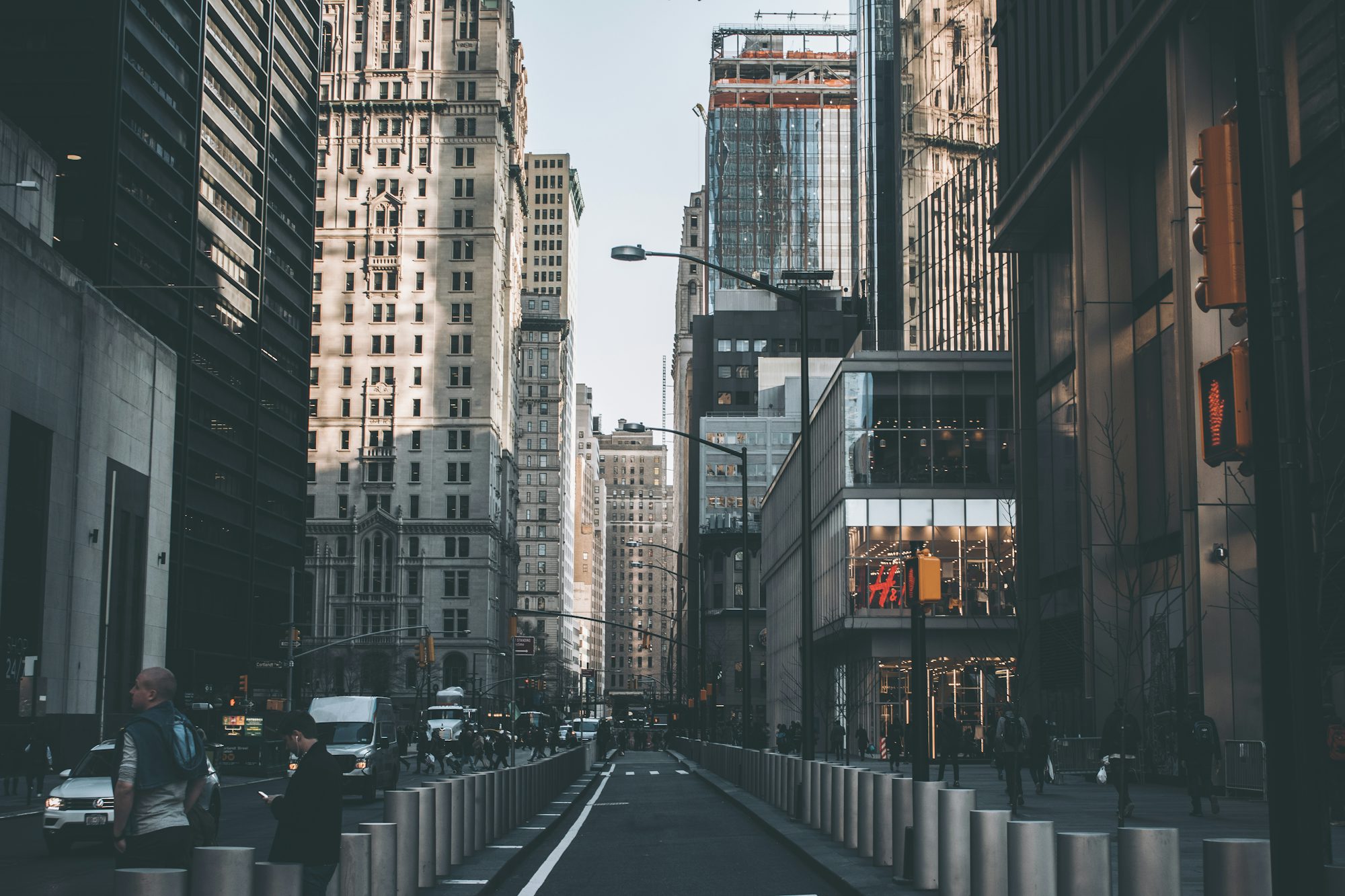
Urban Green Spaces: The Essential Role of Parks in City Living
This article explores the importance of urban green spaces, their benefits for communities, and how they enhance the quality of life in cities.Urban green spaces serve as vital lungs for cities, improving air quality by absorbing carbon dioxide and releasing oxygen. Trees and plants help to filter pollutants, creating a healthier environment for city dwellers. In addition to their air-cleaning capabilities, green spaces also contribute to biodiversity by providing habitats for various species, fostering ecological balance within urban settings.
One of the most notable benefits of parks is their positive impact on mental health. Access to nature has been shown to reduce stress, anxiety, and depression. Urban green spaces offer residents a respite from the hustle and bustle of city life, providing opportunities for relaxation and reflection. The calming presence of nature can significantly enhance overall well-being, making parks an essential component of urban planning.
Moreover, parks promote physical activity by encouraging outdoor recreation. Walking, jogging, cycling, and engaging in sports are all activities that thrive in green spaces. The availability of parks facilitates a more active lifestyle, contributing to improved physical health and fitness. Studies have demonstrated that neighborhoods with easy access to parks see higher levels of physical activity among residents, which can lead to lower obesity rates and associated health issues.
Social cohesion is another critical aspect of urban parks. These spaces serve as communal gathering points where people from diverse backgrounds can come together. Parks host various events, from community festivals to fitness classes, fostering a sense of belonging and community spirit. By providing a platform for social interaction, green spaces can help reduce social isolation and promote inclusivity.
Furthermore, well-designed parks can enhance property values in surrounding neighborhoods. Proximity to green spaces is often seen as a desirable feature for homebuyers, leading to increased demand and higher property prices. This trend underscores the economic importance of parks as assets for urban development, contributing to the overall vitality of a city.
The design and maintenance of urban green spaces are vital for maximizing their benefits. Cities must prioritize the creation of accessible, safe, and well-maintained parks that cater to the needs of all residents. Features such as walking trails, playgrounds, picnic areas, and community gardens can enhance the usability of these spaces. Engaging local communities in the planning and upkeep of parks can foster a sense of ownership and stewardship, ensuring that these areas remain vibrant and welcoming.
As urbanization continues to accelerate, challenges arise in maintaining and creating green spaces. Limited land availability, competing development interests, and budget constraints can hinder the establishment of new parks. However, innovative solutions are emerging to address these challenges. For instance, cities are exploring the conversion of underutilized spaces, such as rooftops, vacant lots, and even parking lots, into green areas. Vertical gardens and green walls are also gaining popularity, allowing urban dwellers to incorporate nature into high-density environments.
Globally, cities are recognizing the importance of integrating green spaces into their urban planning. Initiatives like the “15-minute city” concept advocate for neighborhoods where residents can access essential services, workplaces, and recreational areas within a short walk or bike ride. This model emphasizes the importance of walkable communities, highlighting the role of parks in promoting active transportation and reducing reliance on cars.
In conclusion, urban green spaces are indispensable for enhancing the quality of life in cities. They provide essential environmental benefits, promote physical and mental well-being, and foster social cohesion. As urban areas continue to grow, it is imperative that city planners and policymakers prioritize the creation and maintenance of parks. By investing in green spaces, cities can cultivate healthier, more vibrant communities that benefit all residents. Embracing the significance of parks will lead to a more sustainable urban future, ensuring that cities remain livable and enjoyable for generations to come.